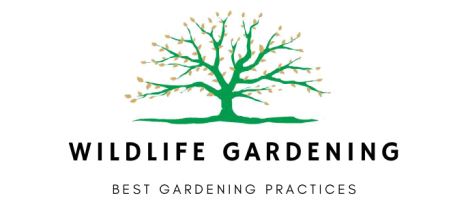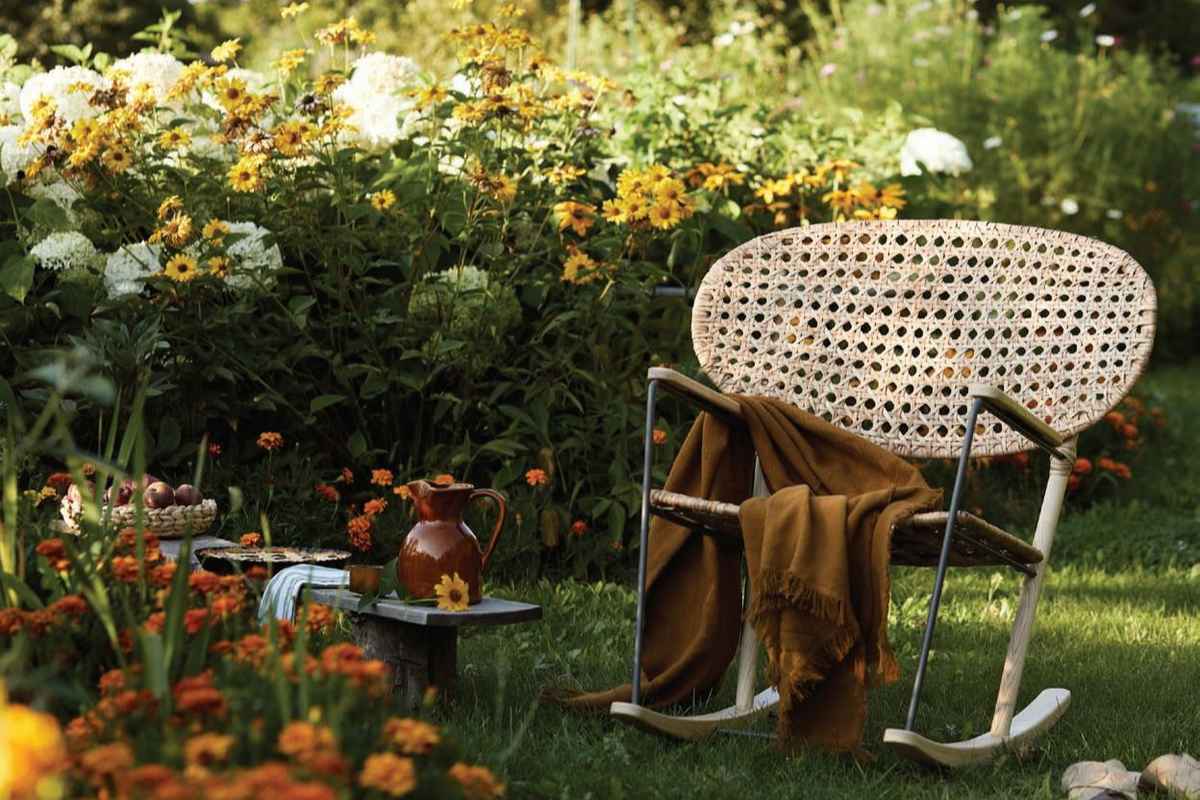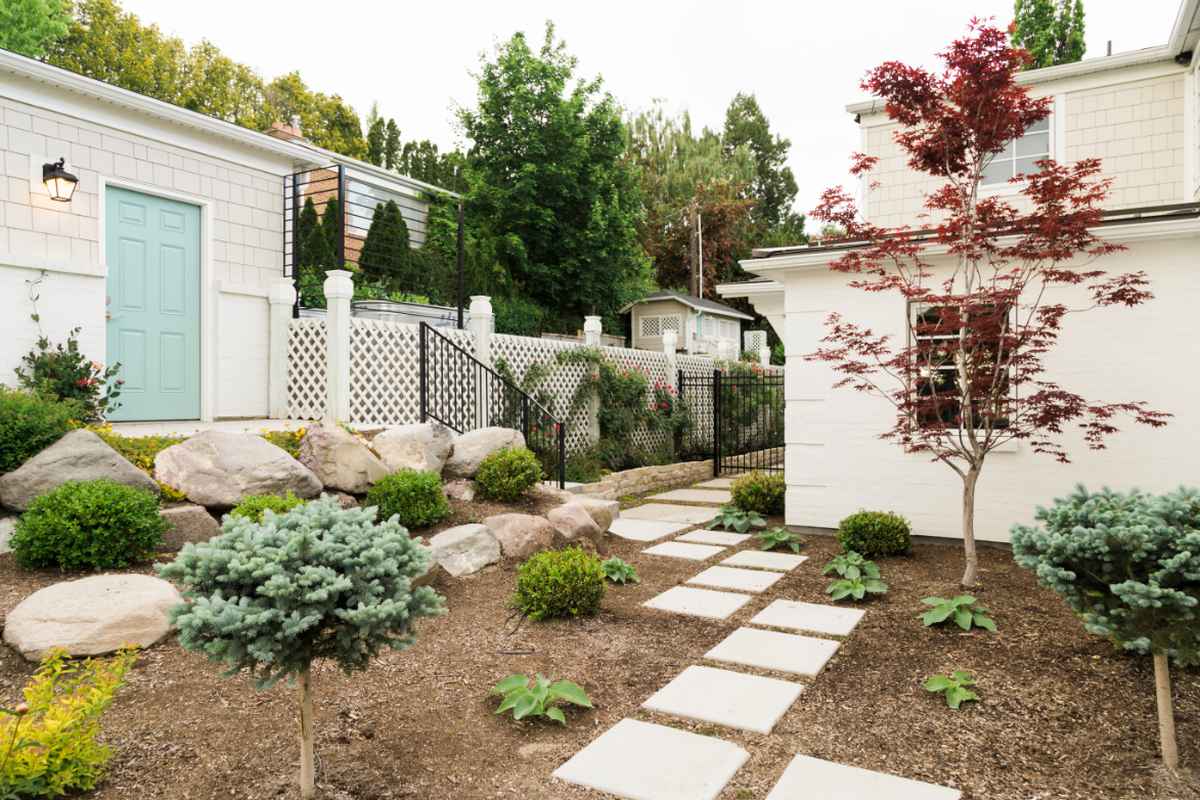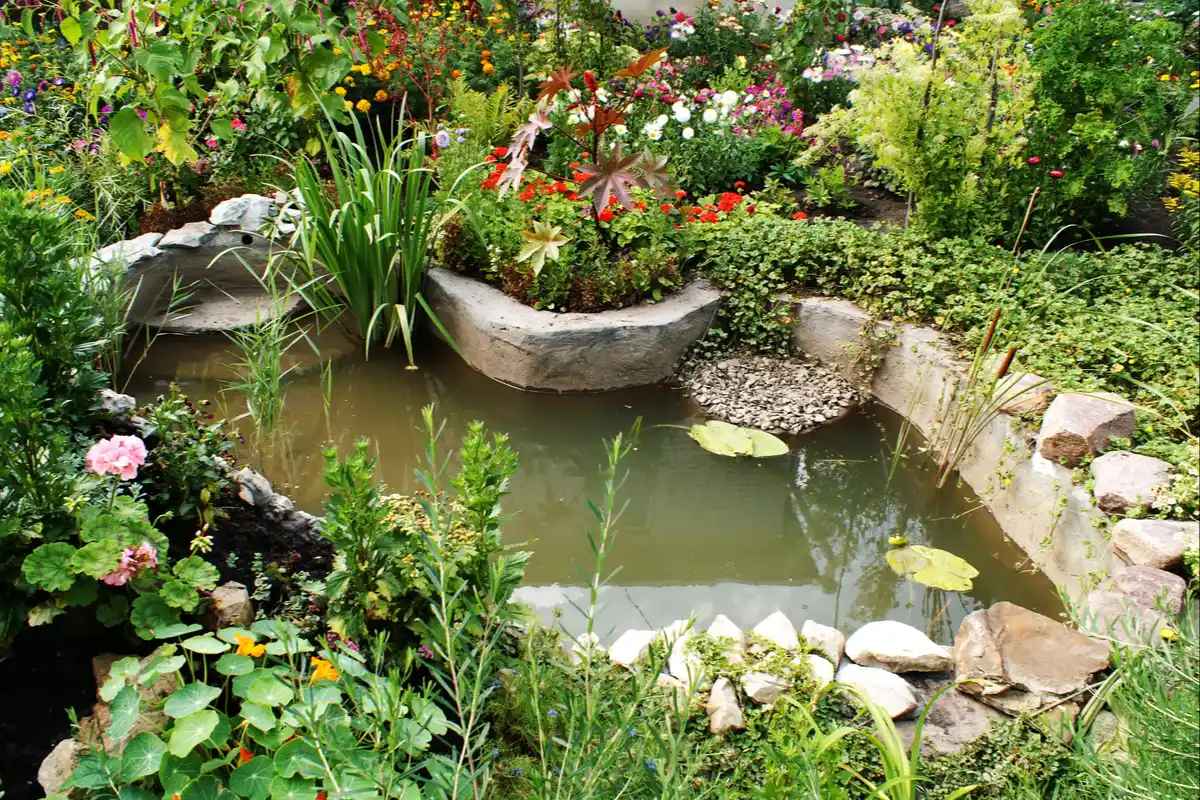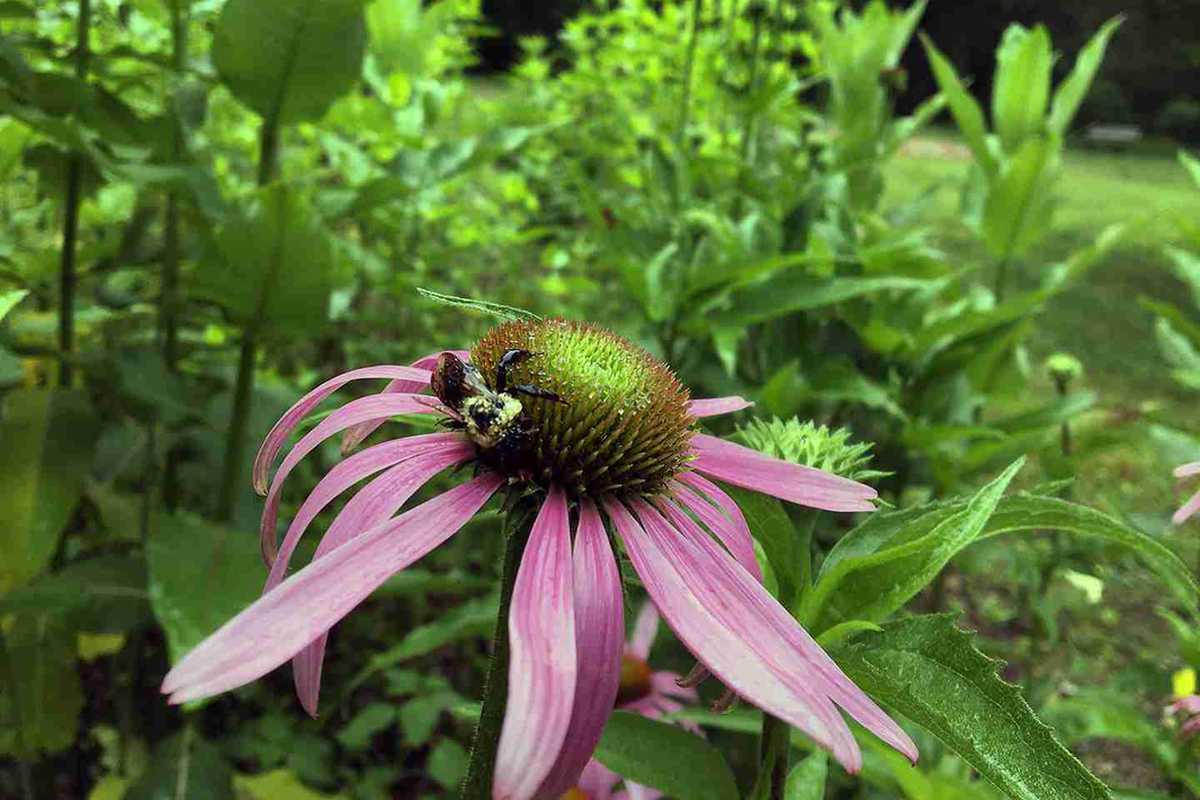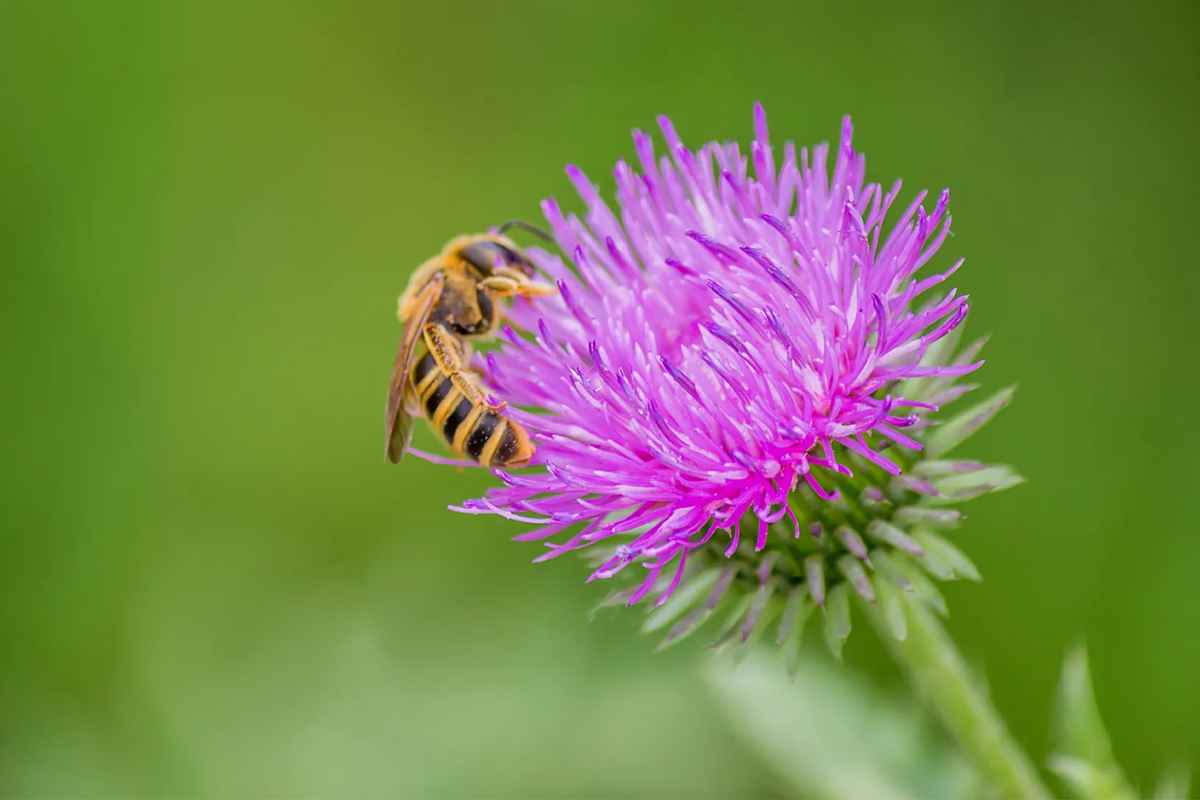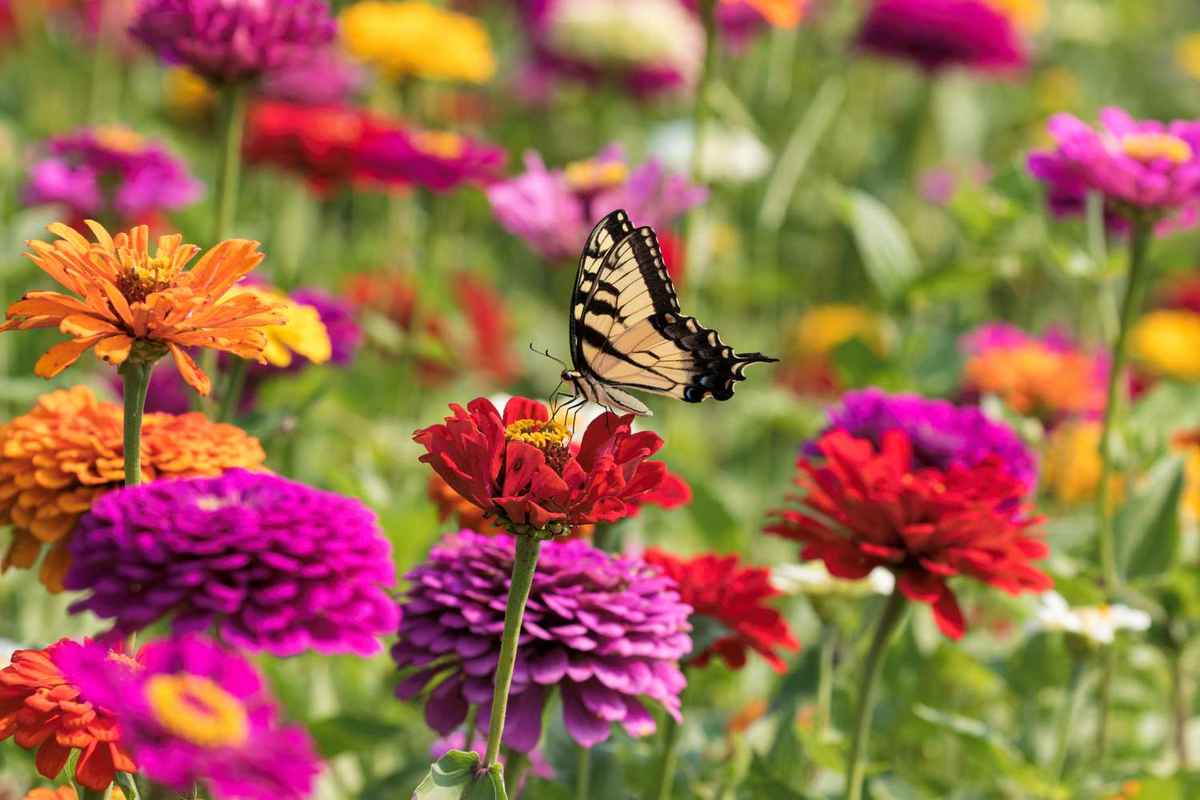By transforming our own spaces, whether a backyard, balcony, or community garden, we can provide crucial refuges for local wildlife.
Here’s how to turn your space into a haven for birds, insects, and other creatures:
Native Plants
Select native plants suited to your region’s climate and soil. These plants have evolved alongside local wildlife and provide the appropriate food and shelter. They attract a variety of insects, which in turn feed birds and other animals.
Diverse Vegetation
Create layers of vegetation, from ground covers to tall trees. This diversity accommodates different species with varying habitat needs, offering hiding spots, nesting areas, and feeding opportunities.
Water Sources
Include a water feature, like a bird bath or small pond, to attract birds, insects, and amphibians. Providing water helps wildlife survive and thrive, especially during dry periods.
Shelter
Offer natural shelters such as fallen logs, brush piles, and dense shrubs. These spaces provide refuge from predators and harsh weather conditions.
Avoid Chemicals
Refrain from using pesticides and herbicides. These chemicals can harm wildlife directly or indirectly by reducing their food sources. Embrace natural pest control methods instead.
Bird Feeders and Nest Boxes
Install bird feeders with appropriate seeds and hang nest boxes for cavity-nesting birds. This encourages birds to frequent your habitat.
Provide Food
Plant a variety of flowering plants that bloom throughout the year. This ensures a steady supply of nectar for pollinators and seeds for birds.
Wild Areas
Allow a portion of your space to grow wild. This provides a natural habitat for insects, small mammals, and birds seeking cover and nesting spots.
Reduce Light Pollution
Minimize outdoor lighting at night, as excessive light disrupts wildlife behaviors. Use motion-sensor lights or shields to direct light downward.
Educate and Advocate
Share your wildlife-friendly practices with friends, neighbors, and communities. Encourage others to create their own habitats and advocate for wildlife protection.
Creating wildlife-friendly habitats isn’t just about benefiting animals; it’s about fostering a deeper connection to the natural world and contributing to biodiversity conservation.
